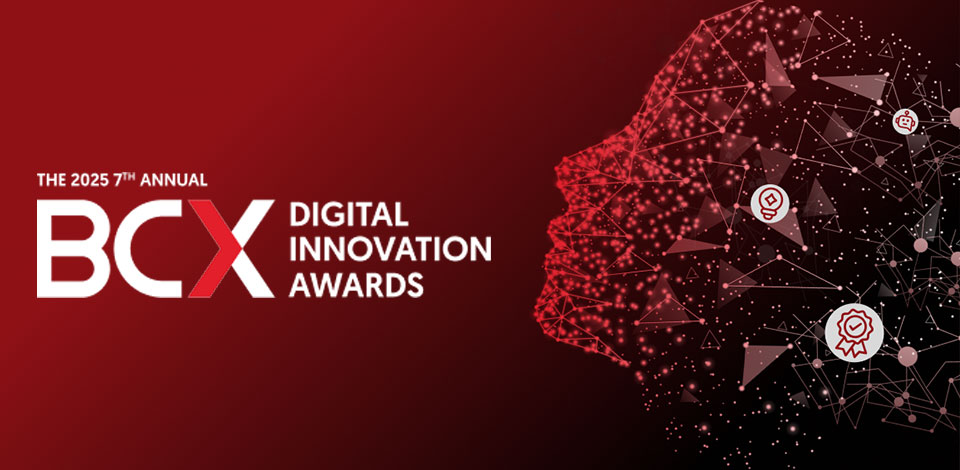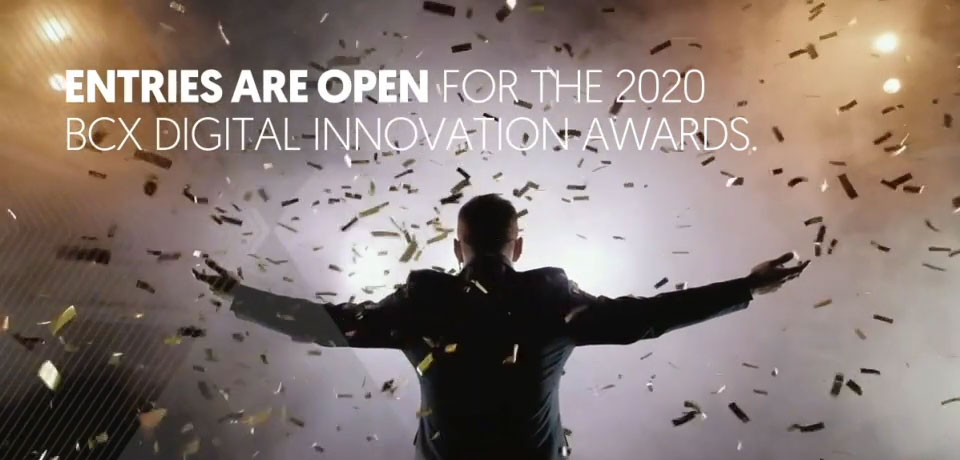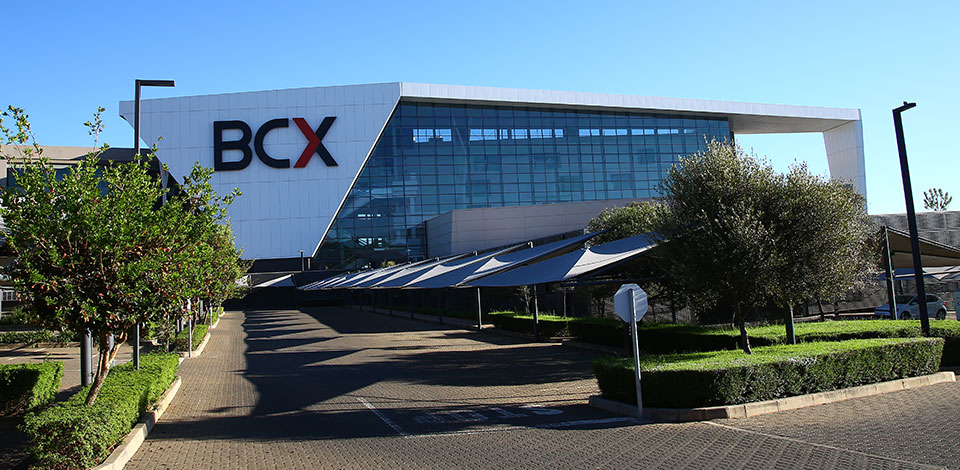
Building Relevance in South African Technology
The unprecedented level of disruption the Covid-19 pandemic has heaped upon society is not something that should be feared or viewed as a temporary moment in history. This is a pivotal point, one that will make disruption a way of life for the near future and, possibly, forever.
At the Vision Beyond 2020 conference presented by BCX recently, this message was emphasised again and again by speakers and panellists. There will be more disruption, not less, in a post-Covid-19 world. It presents opportunities for meaningful and permanent change and discussions about the economy, health, climate, governance and the work-life balance. Disruption is an opportunity for all to become disruptors.
Change was happening before the pandemic. Last year, 140 000 jobs were lost on the High Street in the United Kingdom. Banks have retrenched staff as fewer customers visited branches. Digital transformation was already affecting the world.
What Covid-19 has done is accelerate some of the trends that were there already. It was a catalyst. We need to internalise what this means for us in terms of history. If you look at Covid-19 as a pivotal point in history, you can equate it to the great depression of 1929 and the early 30s, the dot.com bubble of early 2000 and even the financial crisis of 2008/9. What those events did was to create changes in our lives, some permanent. Covid-19 is doing the same. This year, 2020, will be documented as the year of the great disruption.
Some things brought about by Covid-19 will be permanent. Some jobs that were lost will not come back. Some business models that have been created will become permanent. The move from physical to virtual is becoming permanent. It was already heading that way, it has just been accelerated.
Scenario planning is part of navigating disruption and integrating it into the heart of business. A few years ago, BCX went through such an exercise and came up with four scenarios for the world, for South Africa and for the company.
Access to big data enriches the scenario planning experience because not only can you see mega trends worldwide, you can also be granular and see the impact on organisations. It helps you not be linear in how you see your business progressing. You have to think about what if the world changes? It helps you to think broader. There is a scenario called ‘dire straits’ and it outlines exactly what we have seen during the pandemic. While everything has been impacted by Covid-19 in some way, this helped give us a cushion and allowed us to change our business models.
Globally, businesses and organisations have looked for the silver linings Covid-19 has provided. “Win-win” collaborations that are cross-border and, increasingly, between private sector companies, have seen an incredible leap in the sharing and analysing of data, spurred by the fight against the virus. They are complemented by public-private collaboration that aligns the development of new drugs and technologies to ensure safety, recovery and sustainability across all parts of life. There is an enhanced awareness and willingness to work together, and to find solutions.
On a business level, for example, customer experience has been a challenge with the physical meeting and engaging with the customer almost a distant memory. Offering the customer value through innovation is work in progress, but the sort of out-of-the box thinking that is driving private sector collaboration can change that for the better.
There are three maxims to keep in mind when readying for life beyond 2021:
Digital transformation is real. It has gone beyond the hype. Most of the digital technologies are mainstream and businesses are using them to work the back and front end of their businesses.
Mindset. Every company has a heritage, whether it is their buildings or their brand. The one heritage we don’t think enough about is the mindset. That mindset can either help or hinder you in being successful. Changing that mindset by thinking of the customer first, creating value for them and also thinking of the company in broader sense will instil agility, the ability to adapt and to embrace change.
Leadership. An article in the World Economic Forum said that never before has the premium on leadership been more vital than today. You can see that across the world in how the pandemic is being handled on a geo-political level. Who has been strong and who has not. In IT, we focus on training technical capability and not leadership. That must change.










